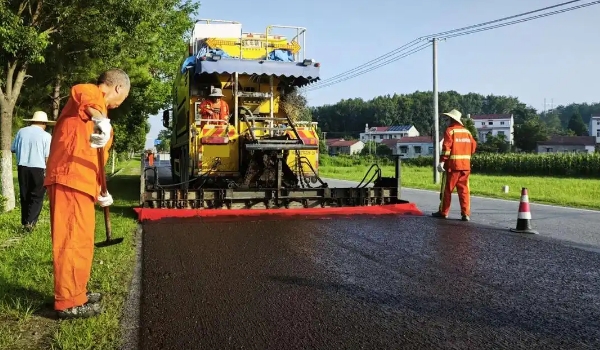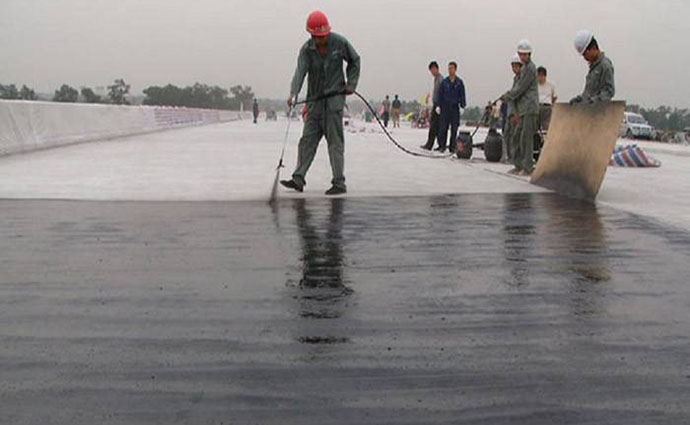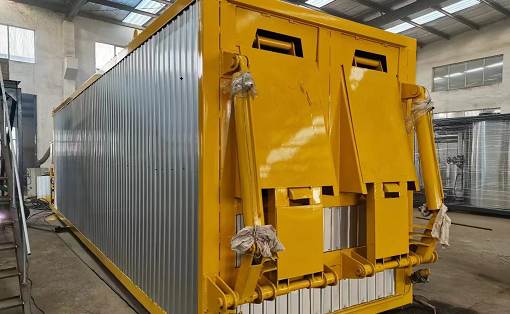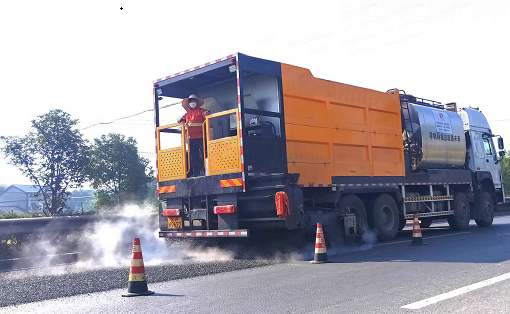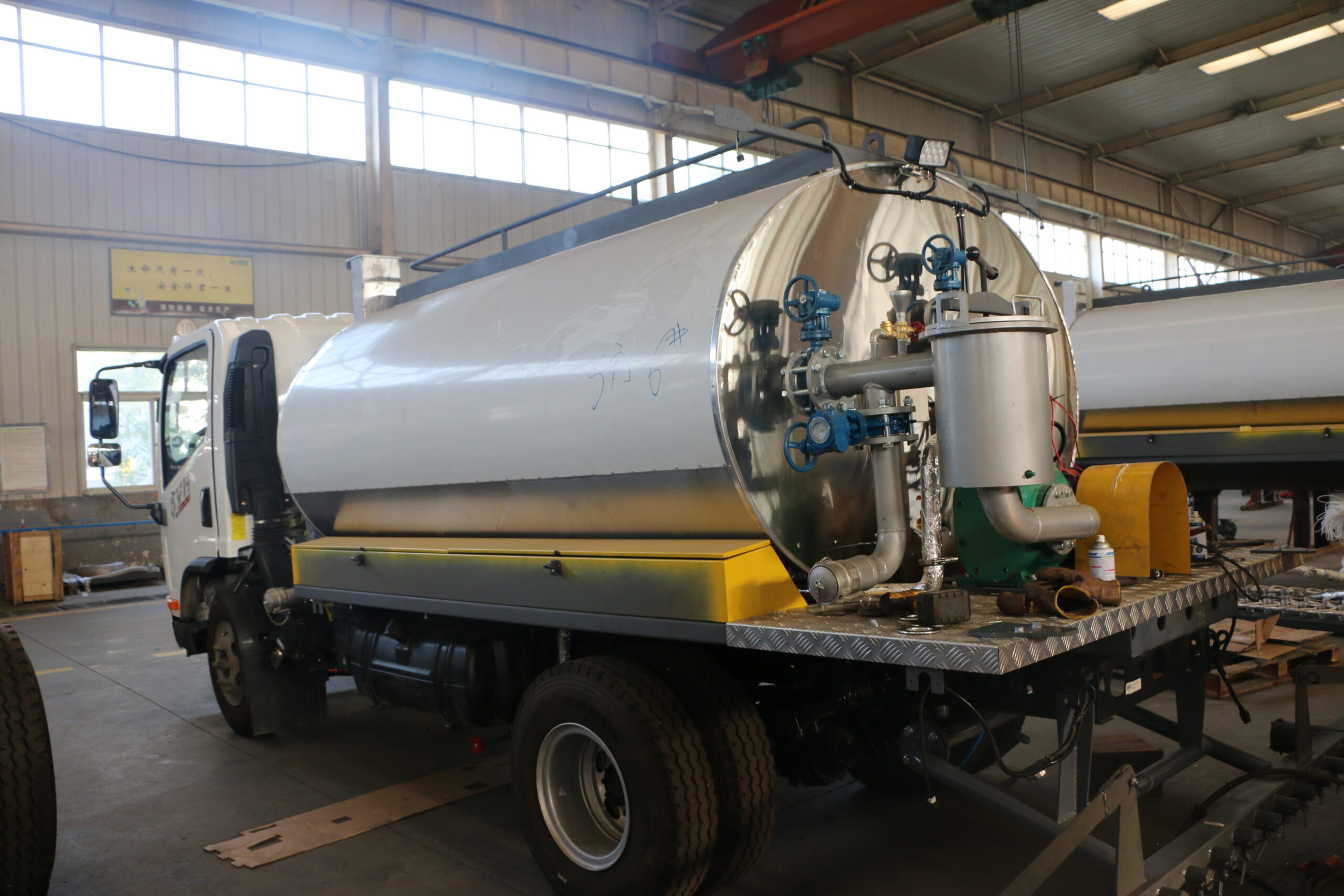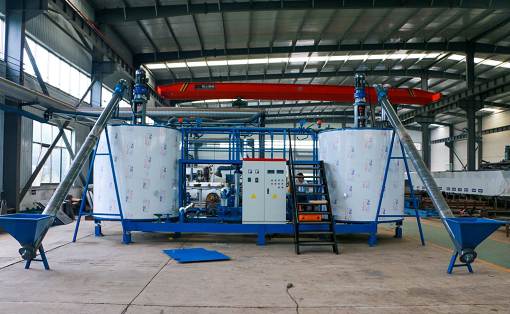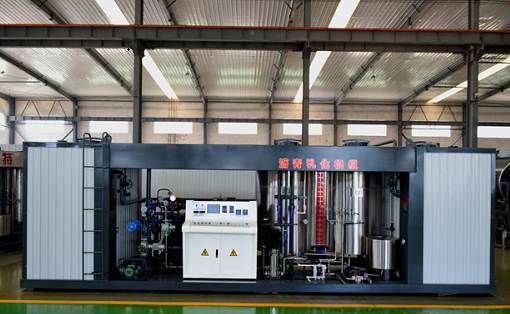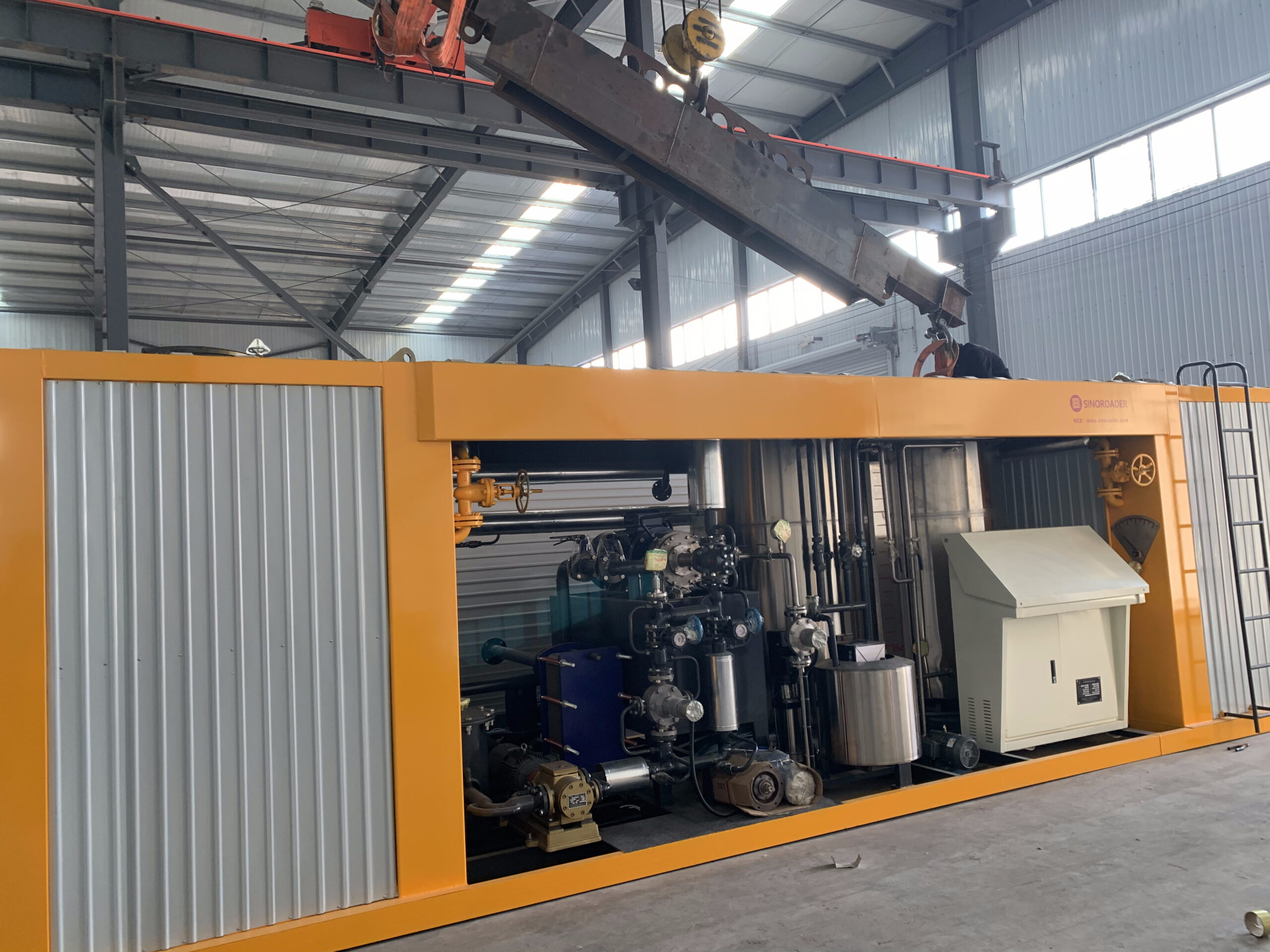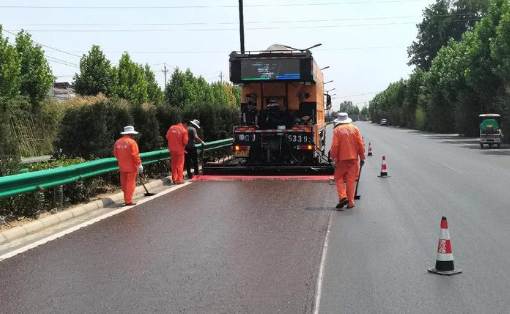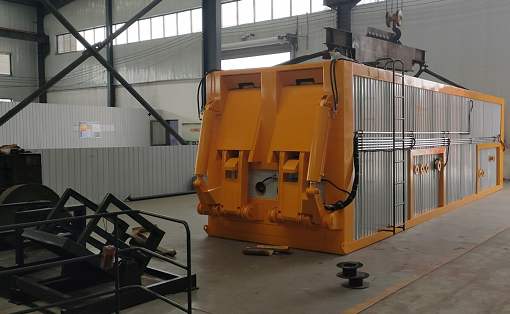Classification of asphalt emulsifiers
Asphalt emulsifiers can be divided into synthetic emulsifiers, natural emulsifiers, inorganic powder emulsifiers, etc. according to their formation. Synthetic emulsifiers are currently the most widely used. Asphalt emulsifiers are a type of organically synthesized surfactant that can emulsify asphalt.
Emulsifiers are divided into ionic and non-ionic types according to whether the hydrophilic group of the emulsifier molecule is charged when the emulsifier is dissolved in water. Ionic emulsifiers are divided into cationic and anionic types due to the different charges of the hydrophilic group after ionization in water. In addition, there are zwitterionic types.
Cationic emulsifiers are divided into three types: fast cracking, medium cracking, and slow cracking according to the speed of demulsification. Slow cracking emulsifiers are divided into slow setting and fast setting according to the length of time the mixture solidifies. Slow cracking and slow setting types are mainly used as permeable oils. Slow cracking and fast setting are used for micro-surfacing, slurry sealing, cold regeneration, etc. Medium cracking and fast cracking types are used for adhesive layer oils, gravel sealing layers, and waterproof base oils.
Asphalt emulsifiers can be divided into synthetic emulsifiers, natural emulsifiers, inorganic powder emulsifiers, etc. according to their formation. Synthetic emulsifiers are currently the most widely used. Asphalt emulsifiers are a type of organically synthesized surfactant that can emulsify asphalt.
Emulsifiers are divided into ionic and non-ionic types according to whether the hydrophilic group of the emulsifier molecule is charged when the emulsifier is dissolved in water. Ionic emulsifiers are divided into cationic and anionic types due to the different charges of the hydrophilic group after ionization in water. In addition, there are zwitterionic types.
Cationic emulsifiers are divided into three types: fast cracking, medium cracking, and slow cracking according to the speed of demulsification. Slow cracking emulsifiers are divided into slow setting and fast setting according to the length of time the mixture solidifies. Slow cracking and slow setting types are mainly used as permeable oils. Slow cracking and fast setting are used for micro-surfacing, slurry sealing, cold regeneration, etc. Medium cracking and fast cracking types are used for adhesive layer oils, gravel sealing layers, and waterproof base oils.

